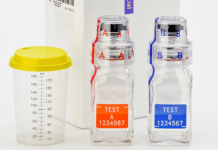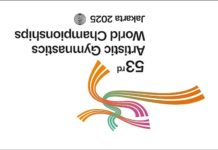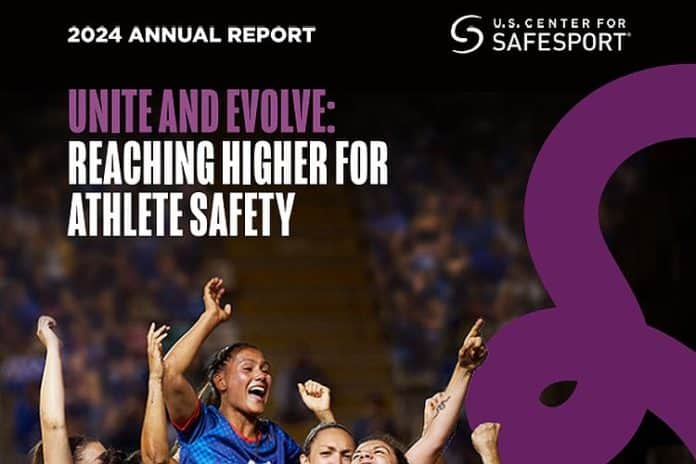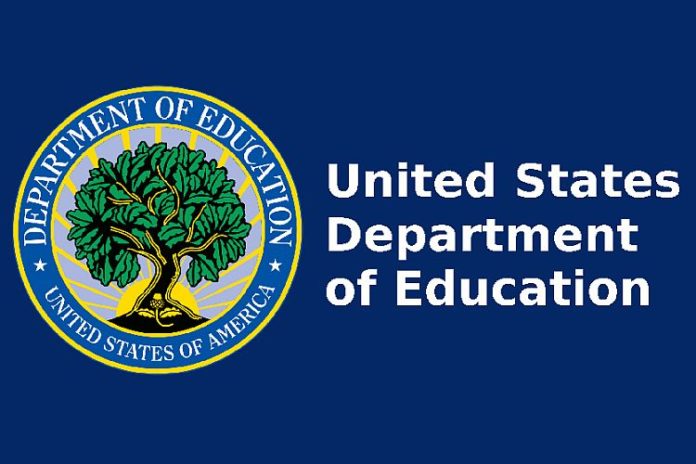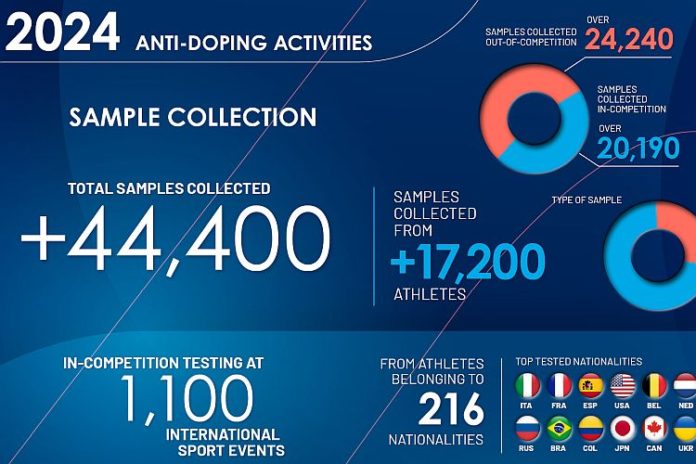★ The Sports Examiner: Chronicling the key competitive, economic and political forces shaping elite sport and the Olympic Movement.★
★ To get the daily Sports Examiner Recap by e-mail: sign up here! ★
≡ SAFESPORT ANNUAL REPORT ≡
/Updated/The U.S. Center for SafeSport issued its 2024 annual report on Monday, two months after chief executive Ju’Riese Colon was dismissed, and demonstrated why so much concern has been voiced over the performance of the Congressionally-created organization in 2017.
On page 20 and 21 are tables which detail the number of reports coming into the Center and what happens to them:
● The number of reports from the Center’s opening in 2017 through the end of 2024 was 32,238, with significant increases to the highest levels ever coming in the past three years:
● 2022: 5,687
● 2023: 7,533
● 2024: 8,098
The 2020 total, influenced by the Covid-19 pandemic, was 2,310, rising to 3,708 in 2021.
● After a rearrangement of outcome categories in 2024, the breakdown of what happened demonstrates the frustration with the Center for those who reported potential abuse. Out of a total of 24,636 cases (not reports) – no timeframe was given, so this may be from the start of the Center in 2017 – the outcomes included:
● 7,610 (30.9%): jurisdiction declined
● 4,734 (19.2%): no jurisdiction
● 1,120 (4.5%): jurisdictional hold
● 5,716 (23.2%): administrative hold
● 2,583 (10.5%): administrative closure
● 2,654 (10.8%): violation found
● 214 (0.9%): no violation found
So, the Center was only able to come to an actual, on-the-merits decision in 11.7% of the cases submitted, finding either a violation or that no violation had occurred.
Of the other 88.3% of cases, 50.1% were declined or the Center decided it had no jurisdiction and it held or placed on “administrative closure” on 38.2% of all cases.
(Please see further below for the Center’s response to these calculations.)
What the tables in the report do not say is how long it took to resolve cases, which have dragged on for years in some instances. Moreover, those making reports and National Governing Bodies have loudly complained that they have not received information on the disposition of most cases – as shown by the statistics – especially those which were held or had “administrative closure.”
That’s a total of 38.2% or 9,419 cases “held” in some way by the Center in total. There can be little doubt why the frustration level, as expressed in both House and Senate committee hearings in March 2024, with SafeSport has been so high.
Former NWSL soccer player Mana Shim, now Chair of the U.S. Soccer Federation Participant Safety Task Force, told the House subcommittee hearing:
● “First, we need increased transparency by SafeSport. The lack of information sharing is standing in the way of protecting athletes from abuse. If SafeSport does not share information about the allegations it receives, its investigative process, or any findings it might make, we cannot develop an understanding of what appropriate safety measures can and should be instituted.”
● “Second, we need to limit the number of SafeSport investigations that end in administrative closure. Administrative closure is when SafeSport closes a matter without any findings, resolution on the merits, sanctions, or public record of the allegations.
“The administrative closure process leaves parties in limbo indefinitely or, worse, allows sexual predators to fall through the cracks and remain in the sport without restriction. This problem is made worse by the sheer volume of cases SafeSport ‘resolves’ in this manner. In soccer, approximately 89% of all cases involving sexual misconduct with no criminal disposition are administratively closed.”
● “Third, we need to ensure that U.S. Soccer and other NGBs can take action when SafeSport does not. When SafeSport administratively closes a matter, it maintains exclusive jurisdiction. If an NGB like U.S. Soccer tries to take any sort of action to protect athletes, SafeSport will report them to Congress and initiate an investigation against the NGB. We believe that NGBs should be allowed to take some form of action in cases following an administrative closure so they can ensure abuse does not occur in the future.”
When the Center did make a decision on the merits, only 5.5% were appealed arbitration (89 of 1,614), and 83% of those ended with a confirmation of a violation.
Where the Center has acted, it had 2,224 individuals on its Centralized Disciplinary Database as of the end 2024, with 90.4% classified as ineligible for a specified time period, or permanently ineligible. The remainder were on suspensions or other restrictions.
¶
/Update/ The Center for SafeSport’s Vice President/External Affairs, Hilary Nemchik, took exception to the above calculations; her comment is reprinted for the benefit of our readers:
“We caught your column on the Center’s annual report and wanted to request correction on some misleading information:
● “The presentation of data on cases where the Center makes a finding based on merits misleads readers and dominates the headline. You’ll note that 4,734 cases end up being outside of our jurisdiction, that we declined 7,610 discretionary cases to NGBs, and that 1,120 are on hold pending someone’s reentry into the Movement, that leaves 11,172 cases from which the Center makes a finding or no finding of a violation. Can you please correct your calculation?
● “You state ‘That’s a total of 38.2% or 9,419 cases ‘held’ in some way by the Center in total.’ That is inaccurate. The Center bifurcated outcomes into ‘administrative holds’ and ‘administrative closures’ to provide more clarity as part of wide-ranging process changes announced in April of 2024, and for the first time has provided detail as to the numbers behind the specific reasons for these outcomes. This new data on the reasons for these holds and closures is absent from the piece and provides important context. Your calculation includes 2,583 administrative closures, which are cases that are not being ‘held’ and are considered closed absent extraordinary circumstances. Importantly, this report outlines for the first time the number of ‘admonishments’ under the administrative closure category (1,476) which do not constitute a finding, but do put individuals on notice.”
¶
In terms of finances, SafeSport had $25.24 million in revenues in 2024, with $20.00 million from the U.S. Olympic & Paralympic Committee and $2.93 million in Federal grants accounting for 90.8% of the total. Expenses were $23.43 million, so there was a net surplus of $1.81 million. The Center showed $17.80 million in net assets.
Colon’s situation became untenable due to an investigator being hired despite knowledge of questionable or even criminal actions in his prior employment (he was indicted on criminal charges in Pennsylvania). But she told both the House and Senate subcommittees in 2024 that the Center would need $30 million in annual funding to keep up with the expanding caseload.
SafeSport is well short of that figure, and its yearly report can only be cause for concern, especially for claimants and National Governing Bodies, who see reports going in, but very little action coming out.
¶
★ Receive our exclusive, weekday TSX Recap by e-mail by clicking here.
★ Sign up a friend to receive the TSX Recap by clicking here.
★ Please consider a donation here to keep this site going.
For our updated, 694-event International Sports Calendar for 2025 and beyond, by date and by sport, click here!












